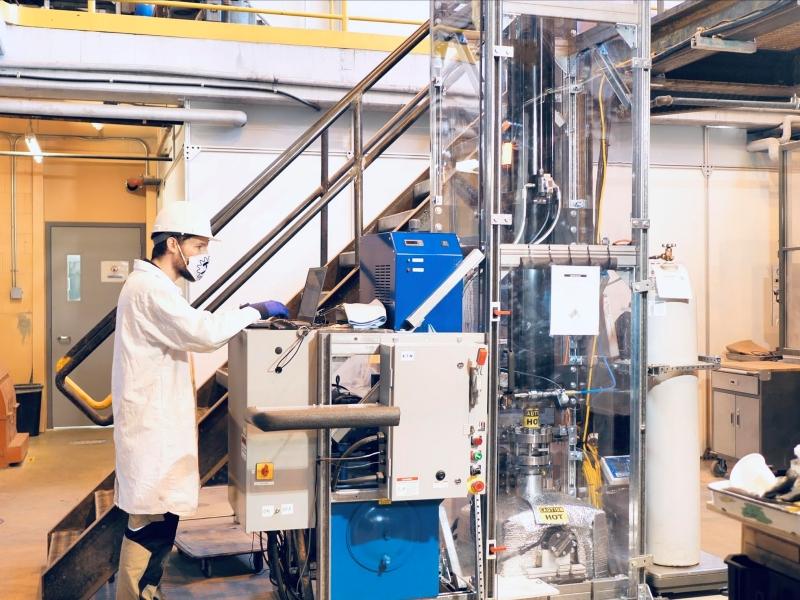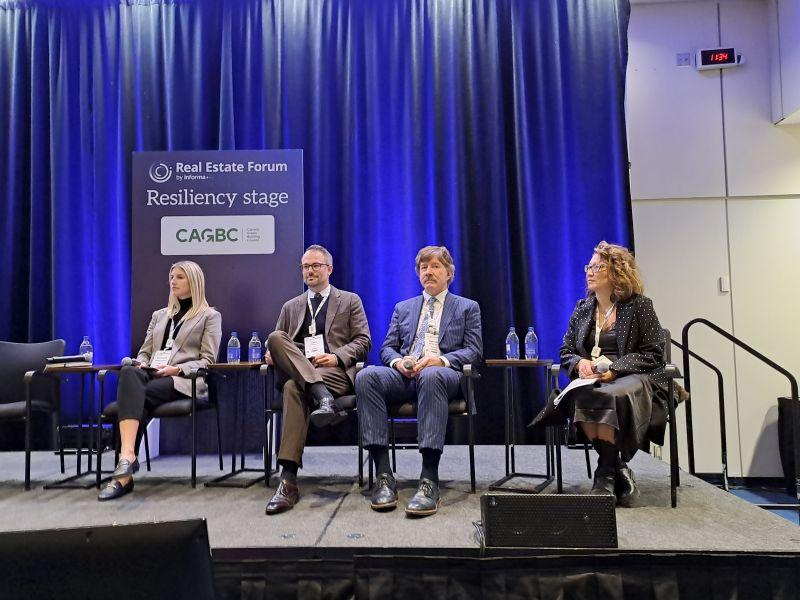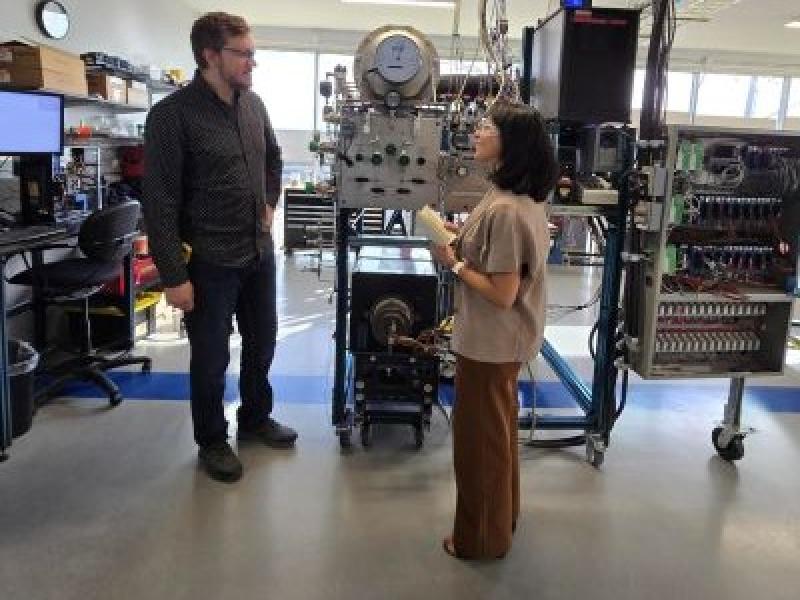
Air Canada (AC-T) has switched all the main ground support equipment at its facility in Québec City’s Jean Lesage International Airport to electric alternatives, a first for the airline company.
Baggage and ramp tractors, belt loaders, power stows, container loaders and aircraft tractors powered by fossil fuels have been replaced with battery-powered variants. Quebec’s electricity system is almost entirely powered by renewable energy.
Air Canada, which is based in Montreal, is working to lower the carbon footprint from its ground operations. Its target is a 30 per cent cut to the greenhouse gas emissions by 2030 against a 2019 baseline.
"We look at where we can have the most impact, and where do we have technology that is proven and tested and ready to go operationally,” Valerie Durand, head of investor relations and corporate sustainability at Air Canada, told Sustainable Biz Canada in an interview.
Achieving a ‘triple win’
Air Canada added approximately 20 pieces of battery-powered equipment at its Quebec City operation, making the replacements as aging vehicles reached end-of-life.
The “perfect alignment” of an airport that would support the charging infrastructure, have the right technology, and a clean energy grid was needed for the transition, Duran said.
“You can want to replace all of your units, but if you don’t have the right plugs for them, you’re no further advanced,” she explained. “So you do need that collaboration with the various stakeholders that are on the site.”
Air Canada had to train its staff in the new equipment and ensure it could withstand harsh Canadian winters. Outside of those steps, the switch was quite easy for the airliner, Durand said. Battery-powered technology today is mainstream and Air Canada’s ground operations employees were excited by the shift.
The transition is a “triple win” in lowering carbon, reducing the risks of environmental impacts such as fuel spills, and lowering the cost of energy over the lifecycle of the equipment, she explained.
Though there is a premium with adopting new technology, electricity is cheaper than fossil fuels in Quebec, which lowers operational costs in the long run. The airline also notes the battery-powered equipment is expected to generate savings from lower maintenance and spare part costs.
While it is difficult to measure exact carbon reductions from electrifying the ground support equipment at the Quebec City facility because the activity can vary, Durand said Air Canada is succeeding in addressing its emissions from the sector.
Electrifying other stations
Operating 30 stations Canada-wide, Air Canada’s Quebec City site is the first to be fully electrified. But the shift has been taking place for years, with electric ground support equipment in 18 stations. Most of the units have been deployed in its three main airport hubs in Montreal, Toronto and Vancouver.
The company now has over 900 electric ground support units, making up 35 per cent of its overall fleet.
As noted in its 2023 climate disclosure report, Air Canada has engaged with Canadian airports to accelerate the installation of electric infrastructure such as charging stations to support its electrical ground support equipment rollout.
Increased use of renewable energy, improved energy efficiency and electrification are the main opportunities for meeting the 2030 target for ground operations, Durand said.
For provincial grids that are not as clean as Quebec, Air Canada will explore other types of renewable energy or propane as an alternative to carbon-intensive fuels.
Fuel efficiency, SAF critical to Air Canada’s climate goal
While electrification is a viable pathway for ground operations, it is less so for the aircraft in Air Canada’s fleet. There are simply no commercially available passenger jets powered by batteries, Durand noted.
Aviation is an industry with tall hurdles for decarbonization because the low-carbon aviation fuel options are highly limited today.
On the path to being net-zero by 2050, Air Canada has set out to cut the greenhouse gas emissions from air operations by 20 per cent by 2030, against a 2019 baseline.
In the short- to medium-term, Air Canada can make an impact with fuel efficiency. Examples include buying extra-long-range versions of the fuel-efficient Airbus A321XLR and a planned purchase of 30 ES-30 hybrid-electric aircraft under development by Swedish company Heart Aerospace.
In the long-run, commercially available sustainable aviation fuel (SAF) will be critical to its net-zero ambition. SAF is jet fuel with lower carbon emissions than conventional fuels, often refined from waste oils and materials which are recycled into the high-grade fuel.
Air Canada hopes to procure enough SAF to make up one per cent of its jet fuel use by the end of 2025. It signed an agreement in 2024 with Finland-based Neste to purchase 77.6 million litres of SAF.
“It sounds small, but it’s actually quite large with what’s commercially available,” Durand said.
Engagement from all stakeholders, including governments and industries, is critical to build an environment conducive to widespread SAF adoption, she added.
“There’s no silver bullet here. It’s a long-term industry challenge.”










